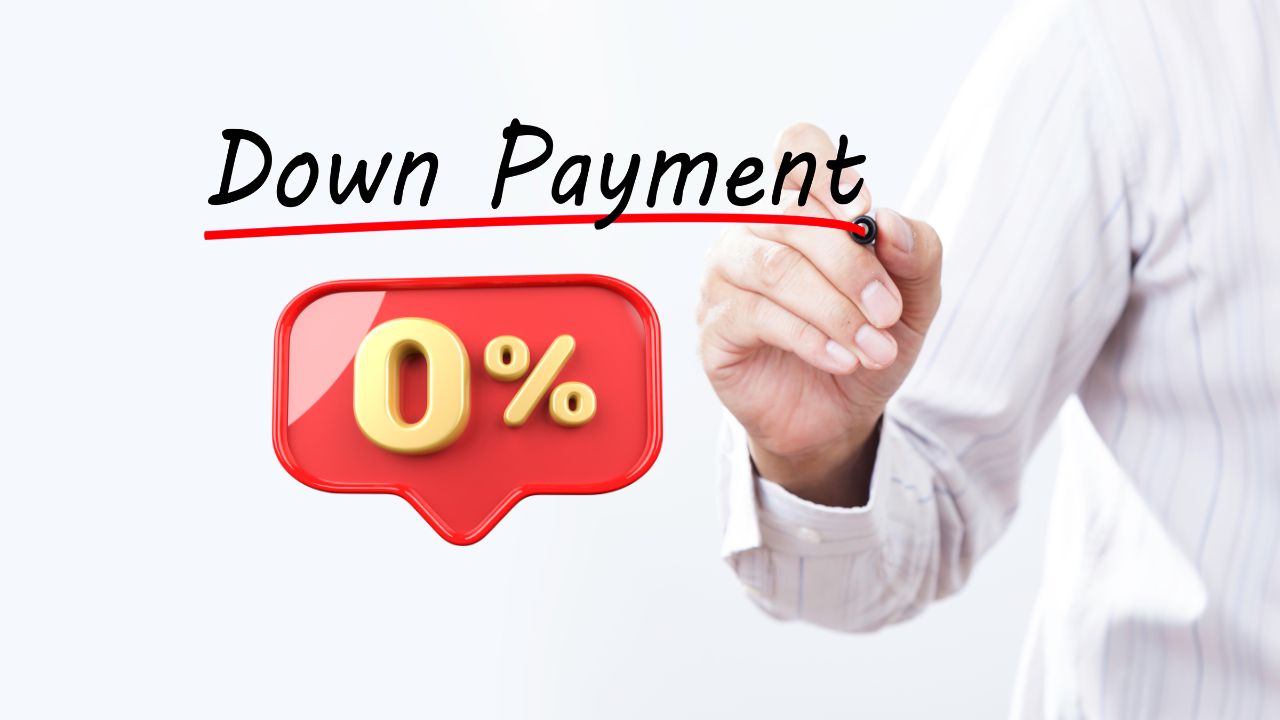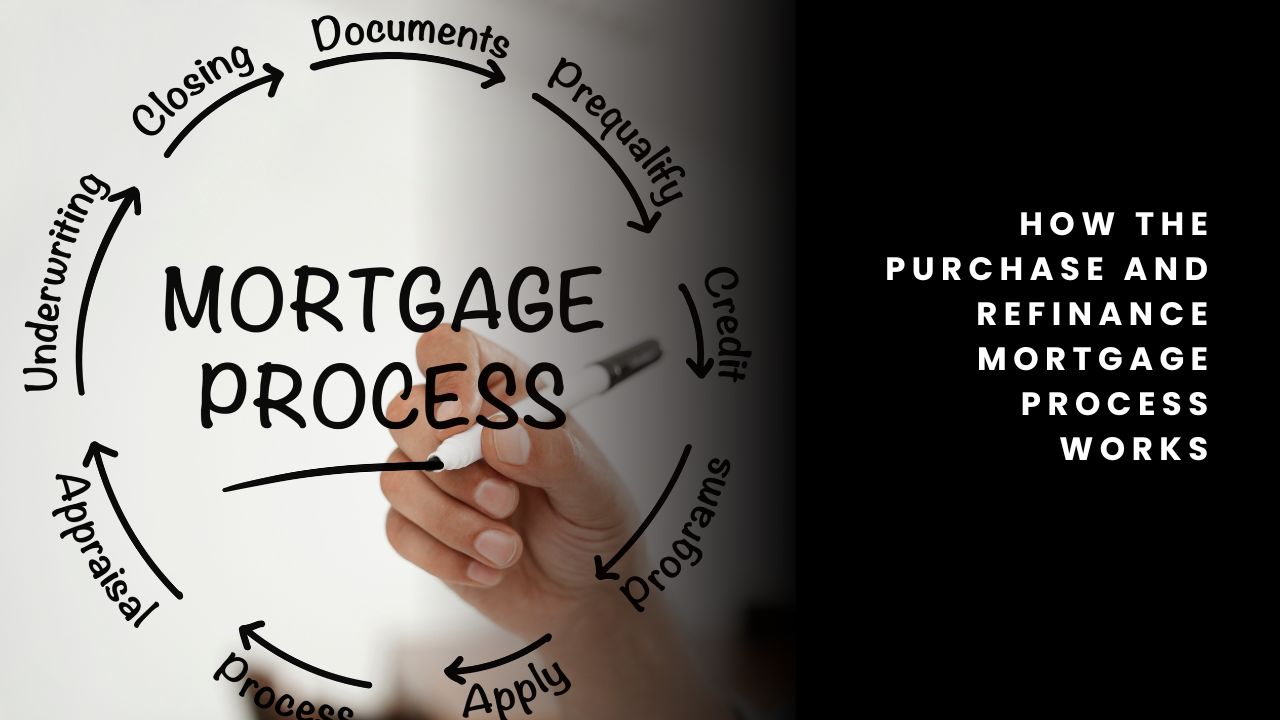Home Improvement Projects to Maximize Comfort and Functionality

Home improvement projects are a fantastic way to enhance the comfort and f
unctionality of your living space. Whether you’re planning a kitchen remodel,
bathroom upgrade, or an addition to your home, construction loans can provide
the necessary financing to turn your dreams into reality. Consequently, here’s how construction loans can be used for various home improvement projects and what you need to know to get st
arted.
What is a Construction Loan?
A construction loan is a short-term loan that covers the cost of building or renovating a home. Unlike traditional home loans, construction loans are typically disbursed in stages as the work progresses. Therefore, this allows homeowners to finance large projects without depleting their savings.
Types of Home Improvement Projects
1. Kitchen Remodels
- Upgrade Appliances: Replace outdated appliances with energy-efficient models. Additionally, modern appliances can significantly reduce energy consumption.
- Expand Space: Create an open-concept kitchen by knocking down walls. This, in turn, provides more room for dining and entertaining.
- Add Functionality: Install an island, additional cabinets, or a pantry. As a result, you gain extra storage and workspace.
2. Bathroom Upgrades
- Modern Fixtures: Replace old fixtures with contemporary designs. Consequently, this can give your bathroom a fresh, updated look.
- Additions: Add a second sink, a walk-in shower, or a soaking tub. Thus, these features can enhance convenience and luxury.
- Accessibility: Incorporate features like grab bars and low-threshold showers for aging in place. Hence, making the bathroom safer and more accessible.
3. Room Additions
- Extra Bedrooms: Add a guest room or expand existing bedrooms. Therefore, accommodating more family members or guests becomes easier.
- Home Office: Create a dedicated workspace. In today’s remote work environment, this is especially beneficial.
- Sunroom: Build a sunroom to enjoy natural light year-round. Additionally, a sunroom can serve as a relaxing retreat.
4. Outdoor Enhancements
- Decks and Patios: Construct a deck or patio for outdoor entertaining. Furthermore, these additions can increase your home’s appeal.
- Landscaping: Improve curb appeal with landscaping projects. Consequently, well-designed landscaping can make your home more inviting.
- Pools: Install a pool for recreation and relaxation. As a result, a pool can provide hours of family fun and entertainment.
Benefits of Using a Construction Loan
- Customizable Terms: Tailor the loan to fit the scope and timeline of your project. Therefore, you have flexibility in managing your finances.
- Interest-Only Payments: Pay only the interest during the construction phase. As a result, your initial payments are more manageable.
- Increased Home Value: Improvements can boost the market value of your home. Consequently, this can be a smart investment in the long run.
How to Secure a Construction Loan
1. Get Pre-Approved: Understand your budget and loan options. Additionally, this step gives you a clear picture of your financial standing.
2. Hire a Contractor: Choose a reputable contractor to handle the project. Therefore, ensuring quality workmanship.
3. Create a Plan: Develop detailed plans and cost estimates. As a result, you can avoid unexpected expenses.
4. Submit Documentation: Provide the lender with necessary documents, including plans, permits, and contractor information. Consequently, this facilitates the approval process.
5. Loan Disbursement: Funds are released in stages as the project progresses. Therefore, you receive funds as needed, ensuring smooth project continuation.
Construction loans are a powerful tool for homeowners looking to undertake significant home improvement projects. By leveraging these loans, you can enhance your living space, increase the value of your home, and create a more comfortable and functional environment for you and your family.
 Home improvement projects are a fantastic way to enhance the comfort and functionality of your living space. Whether you’re planning a kitchen remodel, bathroom upgrade, or an addition to your home, construction loans can provide the necessary financing to turn your dreams into reality. Consequently, here’s how construction loans can be used for various home improvement projects and what you need to know to get started.
Home improvement projects are a fantastic way to enhance the comfort and functionality of your living space. Whether you’re planning a kitchen remodel, bathroom upgrade, or an addition to your home, construction loans can provide the necessary financing to turn your dreams into reality. Consequently, here’s how construction loans can be used for various home improvement projects and what you need to know to get started.
What is a Construction Loan?
A construction loan is a short-term loan that covers the cost of building or renovating a home. Unlike traditional home loans, construction loans are typically disbursed in stages as the work progresses. Therefore, this allows homeowners to finance large projects without depleting their savings.
Types of Home Improvement Projects
1. Kitchen Remodels
- Upgrade Appliances: Replace outdated appliances with energy-efficient models. Additionally, modern appliances can significantly reduce energy consumption.
- Expand Space: Create an open-concept kitchen by knocking down walls. This, in turn, provides more room for dining and entertaining.
- Add Functionality: Install an island, additional cabinets, or a pantry. As a result, you gain extra storage and workspace.
2. Bathroom Upgrades
- Modern Fixtures: Replace old fixtures with contemporary designs. Consequently, this can give your bathroom a fresh, updated look.
- Additions: Add a second sink, a walk-in shower, or a soaking tub. Thus, these features can enhance convenience and luxury.
- Accessibility: Incorporate features like grab bars and low-threshold showers for aging in place. Hence, making the bathroom safer and more accessible.
3. Room Additions
- Extra Bedrooms: Add a guest room or expand existing bedrooms. Therefore, accommodating more family members or guests becomes easier.
- Home Office: Create a dedicated workspace. In today’s remote work environment, this is especially beneficial.
- Sunroom: Build a sunroom to enjoy natural light year-round. Additionally, a sunroom can serve as a relaxing retreat.
4. Outdoor Enhancements
- Decks and Patios: Construct a deck or patio for outdoor entertaining. Furthermore, these additions can increase your home’s appeal.
- Landscaping: Improve curb appeal with landscaping projects. Consequently, well-designed landscaping can make your home more inviting.
- Pools: Install a pool for recreation and relaxation. As a result, a pool can provide hours of family fun and entertainment.
Benefits of Using a Construction Loan
- Customizable Terms: Tailor the loan to fit the scope and timeline of your project. Therefore, you have flexibility in managing your finances.
- Interest-Only Payments: Pay only the interest during the construction phase. As a result, your initial payments are more manageable.
- Increased Home Value: Improvements can boost the market value of your home. Consequently, this can be a smart investment in the long run.
How to Secure a Construction Loan
1. Get Pre-Approved: Understand your budget and loan options. Additionally, this step gives you a clear picture of your financial standing.
2. Hire a Contractor: Choose a reputable contractor to handle the project. Therefore, ensuring quality workmanship.
3. Create a Plan: Develop detailed plans and cost estimates. As a result, you can avoid unexpected expenses.
4. Submit Documentation: Provide the lender with necessary documents, including plans, permits, and contractor information. Consequently, this facilitates the approval process.
5. Loan Disbursement: Funds are released in stages as the project progresses. Therefore, you receive funds as needed, ensuring smooth project continuation.
Construction loans are a powerful tool for homeowners looking to undertake significant home improvement projects. By leveraging these loans, you can enhance your living space, increase the value of your home, and create a more comfortable and functional environment for you and your family.

 Buying a home without a down payment is possible, but it requires exploring the right loan programs and financial assistance options. While lenders have tightened their requirements since the 2008 housing crisis, there are still ways to achieve homeownership with little to no upfront cash.
Buying a home without a down payment is possible, but it requires exploring the right loan programs and financial assistance options. While lenders have tightened their requirements since the 2008 housing crisis, there are still ways to achieve homeownership with little to no upfront cash. When it comes to home financing, purchasing and refinancing a mortgage share similarities but serve distinct purposes. Understanding how each process works can help you make informed decisions about homeownership and financial planning.
When it comes to home financing, purchasing and refinancing a mortgage share similarities but serve distinct purposes. Understanding how each process works can help you make informed decisions about homeownership and financial planning.